NANCY BOCEK
A native Washingtonian, Nancy Bocek began her artistic journey with a bachelor’s degree in art history from Reed College. At work in Palo Alto, California, after graduation, Nancy accelerated her craft as a studio potter with a love for throwing on the wheel and a passion for functional design. Back in the Northwest at last, she expanded her practice at Pottery Northwest with increasingly sculptural pieces, often melding the functional with the ornate utilizing molded elements to create art vessels.
Nancy took time away from her practice to raise her family in Seattle. In 2012, she entered Gage Academy of Art and began sculpting in earnest under the instruction of sculptors Michael Magrath and Tip Toland. As Atelier monitor she gained valuable experience working with artists and models. Nancy graduated from the Magrath Atelier in June 2019 having completed an extensive set of benchmarks and capped by an independent project.
The following year, based in her Seattle studio, Nancy was mentored by artists Kimberly Trowbridge, Klara Glosova and Michael Magrath in a Gage Academy post-Atelier seminar.
Now at work in her Seattle studio, Nancy set herself a project to narrow her field of vision to black clay and orange underglaze, realized in the human figure and symbol, striving to isolate the beauty and meaning that each contributes to the whole.
Nancy’s exploration continues finding meaning through uncommon symbols, the beauty of the human figure and who we are.
ARTIST STATEMENT
Nancy sculpts as a visual language describing the possibilities and complexities of our humanness; the universal, the collective, the individual and who We are.
Nancy at work on Icons in the Who We Are series
SKETCHING
Beginnings - sketching engraves “valleys” into the clay
SCULPTING
Sculpted in low relief from the clay sketch, the forms are refined and the concept resolves
COLORING
This clay fires black and the color will be a hot orange
The artist must be willing to exist on the line between the known and the unknown and to create a practice that encourages and supports that existence. - Kimberly Trowbridge




